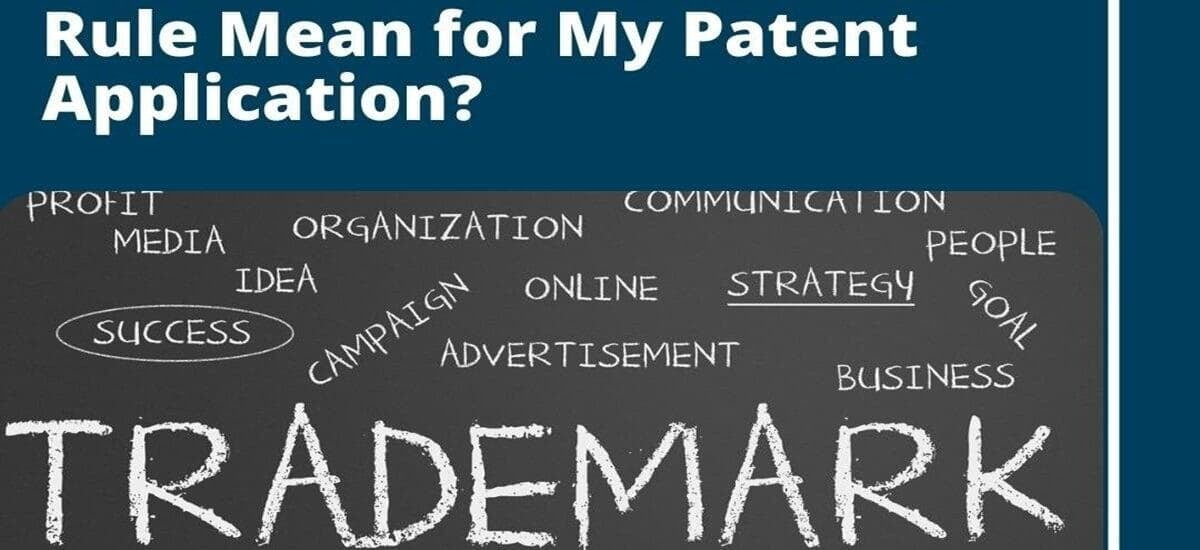
Patents are an important tool for innovators, but what happens to those who file their patent application first?
Under the first-to-file rule or prior user doctrine, a party that files a patent application before the invention is disclosed in a published patent may save itself from infringement liability. This rule can also be crucial for registered trademarks and copyrights since the earlier mark or copyright holder may use it before its legitimate opponent.
IP protection is vital for individuals and companies wishing to protect their ideas and inventions from being stolen. Like any legal aspect, you should understand how the first-to-file rule (or prior user doctrine) applies to your situation.
What does this rule mean for my patent application?
In patent law, the first-to-file rule is a legal principle that states that the earliest filing of a patent application is generally granted priority over later applications. This rule applies to U.S. patents and certain international patents. The first-to-file rule may affect your patent application in several ways, depending on the situation.
The first-to-file rule allows a patent applicant to defeat an infringement claim against the inventor of an invention by using the same or a similar invention before anyone else has filed for patent protection. It is based on the assumption that if one could get a patent before someone else, no one could infringe upon it.
The first-to-file rule, or prior user doctrine, is a bit of patent law that allows a party that files first to escape potential infringement liability. Naturally, this means that the holder of a published patent cannot use it as a defense against an existing mark or copyright already in use. However, an inventor can invoke the rule if they only submit their application after publishing the earlier one.
Several scholars on patent law worry that the first-to-file rule threatens equity and fairness in the field of patent law. It disadvantages inventors who have fewer resources, according to their argument. It might favor corporate applications over individual ones and benefit applicants who hire lawyers to represent them over those who decide to file on their own. Another factor that could deter innovators from developing their inventions to their full potential is a rush to get a patent.
What are the benefits?
You may want to file your patent application for several reasons before someone else does. By filing your application early, you can confirm that your invention is suitably protected and that you have priority over other applicants. Additionally, if you file within six months of the publication of the claimed invention, you can obtain a statutory bar from future competitors. Filing early has several other benefits, so be sure to speak with an attorney about what they are.
Under ordinary circumstances, applicants should file their applications as soon as practicable after they have completed all required steps in conducting research and preparing an invention for disclosure. The mere fact that their opponents may have filed earlier does not justify any delay on their part.
There are several benefits to being granted the first-to-file rule, including increased legal protection for your intellectual property and more public awareness of your product or service. However, if you are not granted the first-to-file rule, you may still be able to enforce your intellectual property rights. Therefore, it’s important to determine whether you are eligible for the first-to-file rule and to take steps to protect your rights if you are.
Unlike the initially-to-invent system, the first-to-file rule is significantly more straightforward and manageable. The USPTO had to hold separate hearings for each inventor if many inventors asserted their claim to priority for a patent. During these hearings, the inventors would discuss when they conceptualized and developed the idea. The first-to-file rule aligned the American system with other countries’ patent systems. A more standardized structure would benefit the many American businesses that operate internationally.
Conclusion
As soon as an inventor decides that their idea qualifies for a patent, they should endeavor to submit their application to the USPTO. The key strategy for effectively establishing their rights is to submit a provisional patent application. The innovation will have pending patent status if an inventor obtains a provisional patent. They might be in a better position to bargain with new clients. Knowing when and how to use this doctrine can protect your intellectual property and achieve early success in your entrepreneurial endeavors. For corporate beginners, this concept proves to be very confusing. To get a clear perspective on IP protection and related aspects, contact the expert team at Brealant and get the professional advice you seek for your business. Visit the website and speak with an expert to learn more.

